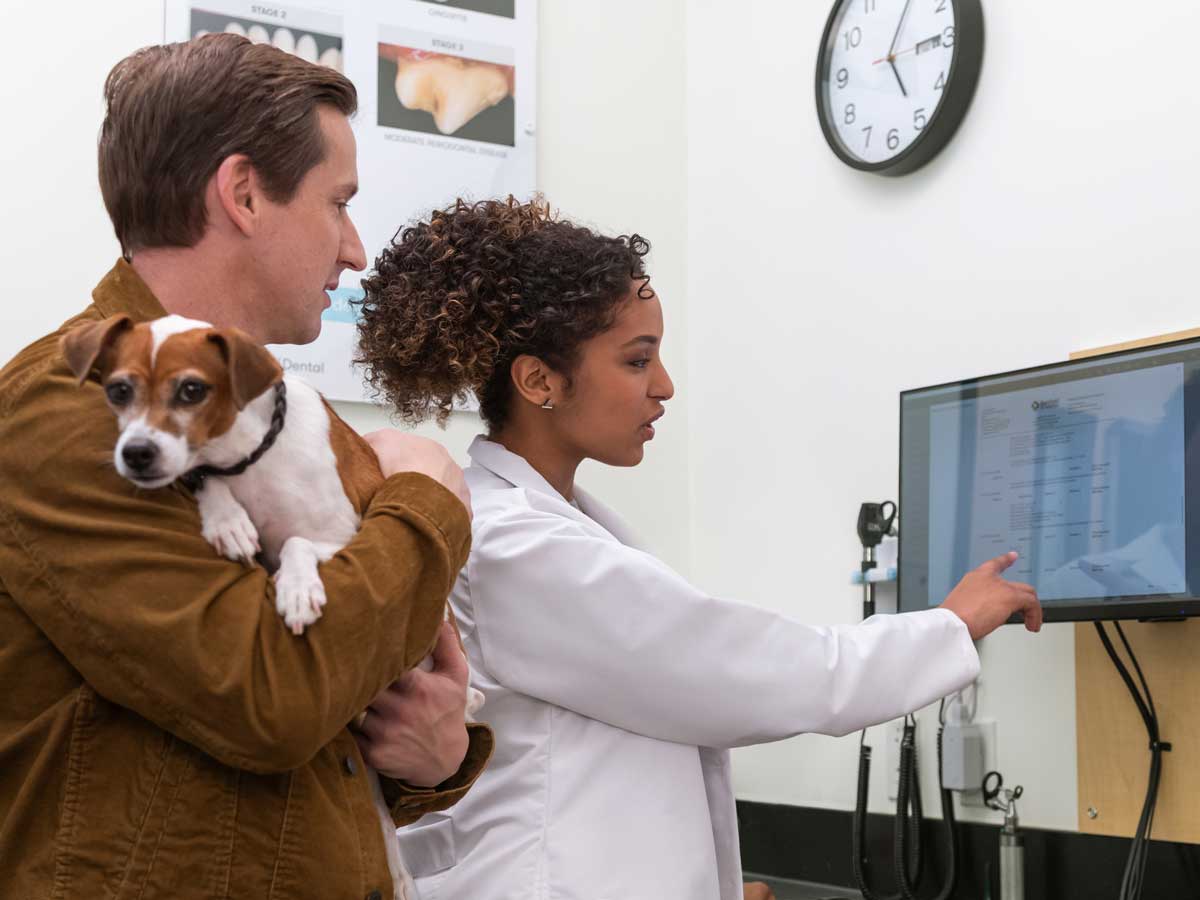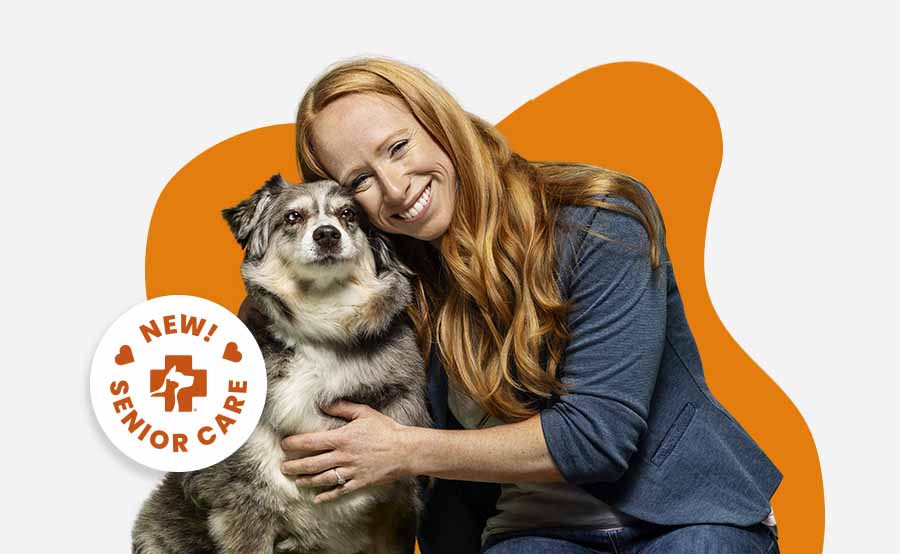understanding lumps and bumps on older dogs and cats
Lumps and bumps are common in pets — especially seniors.
Learn about possible causes of these “skin masses” and when it’s time to see the vet.

Common causes of lumps and bumps on senior cats and dogs
- Lipomas (fatty tumors)
- Warts and skin tags
- Sebaceous cysts
- Abscesses
- Noncancerous tumors
- Cancerous tumors
What’s this lump or bump?
Finding a bump on your senior pet can be alarming, but we’ll take you through some of the most common possibilities. Known as “skin masses,” these can range in size from a tiny pinpoint swelling to many inches in diameter. They can also appear anywhere on the body, like bumps on your senior cat’s skin.

Common lumps and bumps on senior dogs and cats
There are several skin conditions and infections that can cause a mass or swelling. These are some of the most common that show up in older pets:
Warts
Warts are caused by a virus. The most common type looks like a lumpy cauliflower, while other types can appear dark, flat, or domed. Warts are contagious, but only between species (meaning dog warts to dogs and cat warts to cats). They’re very common in dogs and super rare in cats.
Cysts
There are several kinds of cysts, and they typically cause a lump on or underneath the skin. True cysts often appear on a cat or dog’s eyelid due to a blocked duct or sweat gland. False cysts are usually due to trauma and are more common in dogs than cats. Sebaceous cysts are also more common in dogs and are caused by a sebaceous gland overproducing fluid.
Abscesses
An abscess is an infection under the skin that can be caused by a bite, cut, or other damage to your pet’s skin. If the spot is hot to touch and/or your pet is experiencing pain, fever, loss of appetite, or lethargy, get them to a vet as soon as possible.
Tumors
Malignant and benign tumors (cancerous and noncancerous tumors) can look very similar and need laboratory testing to diagnose. They range in color, size, texture, and movability.
Common kinds of noncancerous tumors include lipomas and perianal gland adenomas.
Common kinds of cancerous tumors include squamous cell carcinoma (skin cancer), mast cell tumors (cancer of the immune system), and soft tissue sarcoma.
Have your vet investigate
It’s always a good idea to have your vet look at any new lumps on dogs or bumps on your senior cat's skin, under fur. If the cause is unknown based on the physical exam, they’ll typically recommend doing a fine needle aspiration. This is where they’ll insert a needle, collect cells from the mass, and examine them under a microscope. They may also send them to a laboratory for more advanced results. If this procedure doesn’t produce conclusive results, your vet will likely recommend a biopsy.
What’s next?
Treatment options will depend on your vet’s diagnosis. Most noncancerous lumps and bumps require no treatment unless they interfere with your pet’s normal functioning.
If your senior pet’s mass is cancerous, the first step is often immediate removal. Further evaluation and treatment will depend on the specifics. Early removal often yields the best prognosis, so it’s important to see a veterinary professional as soon as possible.

Is it normal for older cats to get lumps?
It’s quite common for older cats and older dogs to get lumps and bumps. Many times, these are nothing to be too worried about, but it’s always a good idea to check with your vet. They’ll be able to recommend further testing or treatment if necessary.
Medically reviewed by Ari Zabell, DVM and Heidi Cooley, DVM.
Custom care that grows with your pet
You can save more than 30% by bundling your pet’s preventive care with an Optimum Wellness Plan. On top of comprehensive exams, vaccinations, and diagnostic testing, these convenient packages also include unlimited office visits, 24/7 Pet Chat™, discounts on most Banfield products, and more.
Our NEW Senior Care Optimum Wellness Plan includes our most in-depth diagnostic testing yet. This helps us detect changes in organ function and overall physical health, so that we can begin any recommended treatment as soon as possible.

Senior Care
Designed to help detect early signs of age-related illness
This plan combines essential services like vaccinations and exams with in-depth diagnostic testing.
See what’s included in Senior CareSenior Care Plus
Designed to help detect early signs of age-related illness and support additional dental needs
This plan includes all the services in our Senior Care plan plus a dental cleaning.
See what’s included in Senior Care Plus Mites and mange
Mites and mange Podcast - Not Just Fluff
Podcast - Not Just Fluff





